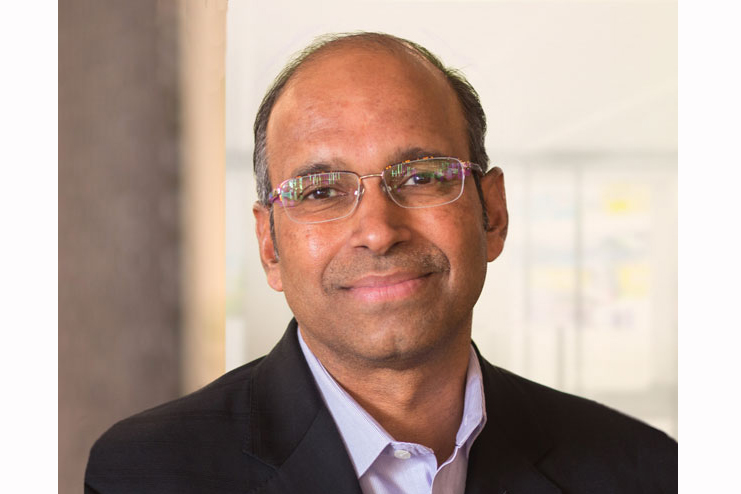
Mobile, big data, and innovations in content creation are coming together to create a new world of digital video that’s personal and participatory. Some media publishers are responding by forming surprising new partnerships, while others are focussing on niche content and audiences. The line between video and advertising content continues to blur, and media companies are starting to think and act like video producers. These are the conclusion of Ooyala’s new State of the Media Industry 2016 report, which looks at the current media landscape and at what lies ahead this year.
The future is mobile, social and on-demand, with not only millenials, but the 40-51 year old generation X and 52-plus year old baby boomers embracing content on digital platforms as well. Mobile is rapidly becoming the first choice for digital content viewing, and the gap between mobile consumer usage and advertising spending is slowly closing as the viewing experience and personalised targeting abilities for mobile improve. This has led to companies launching mobile-first content, such as Hearst’s joint content deal with Verizon for the Go90 video service. 2016, the report suggests, will be a year when major global events will drive publishers to focus on increased personalisation and socialisation of content.
Consolidation and expansion are occurring in equal measure, and business models are being forced to change and adapt. For many traditional media publishers, online revenues still haven’t offset declines in print revenues, resulting in cost-cutting measures. Many are also expanding their video content and digital infrastructures; a 2016 Reuters Institute Digital Leaders survey revealed that 79 per cent of the digital leaders polled are planning to invest more in online video than they did in 2015.
Publishers have recognised the dominance of social media platforms, and acted, with traditional publishers like News UK investing in video on both their own sites and on platforms such as Snapchat Discover and Facebook. However, the Ooyala report also raises risks associated with this distribution approach; loss of control over data and content, revenue split shifts and loss, owned website value decline, and dilution of brand name. It advises companies to focus on their goals and USP, and use this to attract audiences. The ‘distribution versus destination’ debate is expected to heat up over the next year.
Data is the cornerstone for publishers of the future, where digital content will be more immersive and more personalised. Publishers must be able to analyse data and show the value of their content and audiences to brands for ad-supported business models. Publishers with financial backing will be able to explore virtual reality technologies, and use VR to bring them closer to their audiences, and their audiences closer to their brands. This year and beyond will also see continued refinement in video personalisation and for publishers to follow in the footsteps of SVoD companies, testing content and user experiences to personalise them.
Pictured: Ramesh Srinivasan, CEO, Ooyala







